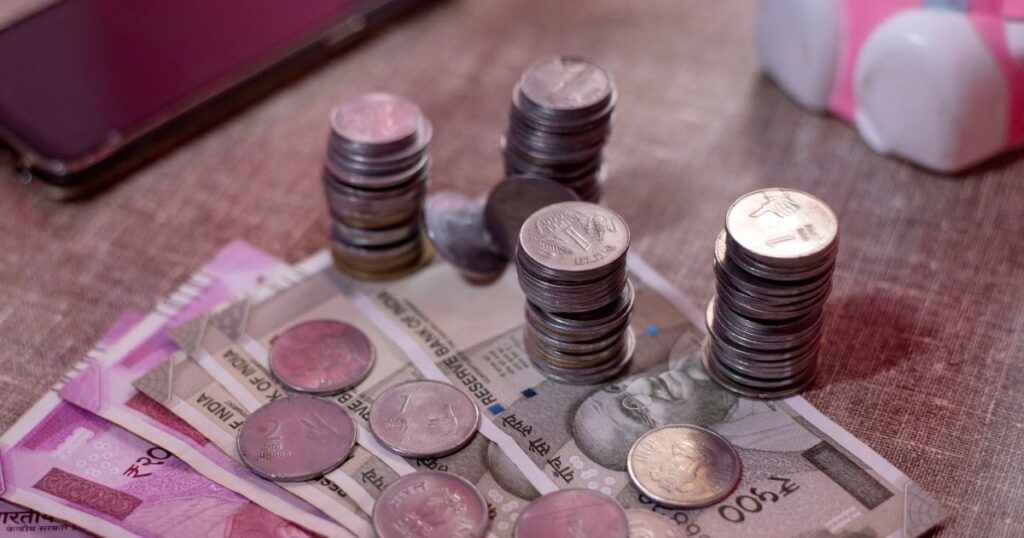The Central Bank of Sri Lanka (CBSL) Governor Dr. Nandalal Weerasinghe said that the CBSL is researching the practicality of digital currencies, with a special focus on how the Central Bank of India is adopting the emerging technology. The Governor made these remarks at the Federation of Information Technology Sri Lanka’s (FITIS) Internet Day 2022, held on Tuesday (22).
“We have done research and looked at what other countries have done. We are now looking at the learning we can get from India. Right now they are experimenting with digital currency for wholesale payments,” said Dr. Weerasinghe. He noted that introducing a digital currency would require a lot of investment, terming it as a “costly decision.”
“Obviously India can afford that. For us, we have to look at the cost of technology. However, a central bank digital currency will reduce the cost of printing notes,” he further stated.
He said that the CBSL’s medium to long-term strategy is to digitize. “This is not cryptocurrency. But we have to wait and see – we will carefully look at emerging technologies and how practically certain central banks are using them. We will not be introducing it in the near future, we are just looking at it.”
Furthermore, he said that prior to introducing a certified digital currency, payment banking and digital banking systems have to be developed in the country.
“I certainly recognize that the adoption of financial technology has taken a lot of time and there have been a lot of complaints. One of the issues we have been facing is the lack of application of technology for financial services. One reason for the delay is the issues with infrastructure. I get a lot of complaints even now – for someone to open a bank account, it is not that easy. Main things are digital identity and digital KYC – these are the gamechangers, and where India has made a lot of progress. They enable financial service providers to provide these services more efficiently.”
CBSL and the tricky road ahead
India’s central bank piloted its digital rupee for the wholesale segment at the beginning of this month. Reportedly, the CBI has stated that the use case for the pilot is the settlement of secondary market transactions in government securities. According to the CBI, a retail version of the project is due to be launched in a month.

India is not the only global player to explore digital currencies. Sweden introduced the e-krona, in its journey to a digital currency which began in 2017. According to Coincub’s 2021 report on global crypto ranking, the US, Canada, and Singapore were the most crypto-friendly countries.
In Sri Lanka, the former administration established a committee to propose policy on blockchain technology, digital banking, and crypto mining last year. This was done following the recognition of a need to facilitate a digital business environment, according to a statement by the Department of Government Information, at the time.
The crypto industry in itself has had a tumultuous year, with one of the world’s largest cryptocurrency exchanges – FTX – filing for bankruptcy just this month. This has seriously affected the savings of hundreds of thousands of consumers who used the platform and has led to severe repercussions about the trustworthiness of the industry as a whole.






GIPHY App Key not set. Please check settings